Meta Description
“Learn how drones enhance disaster management with rapid response capabilities and accurate damage assessment, improving rescue and recovery efforts.”
Content Structure and Tips
1. Introduction
In recent years, drones have emerged as invaluable tools in disaster management, transforming the way emergency services respond to crises. With their ability to reach inaccessible areas quickly and gather crucial data, drones enhance rapid response capabilities and provide accurate damage assessments. As natural disasters become more frequent and severe, integrating drone technology into disaster response strategies is not just innovative; it’s essential for improving rescue and recovery efforts.
2. Rapid Response Capabilities
Definition and Importance:
Rapid response drones are unmanned aerial vehicles specifically designed to assist in emergency situations. They can be deployed within minutes, providing immediate situational awareness that is vital for first responders.
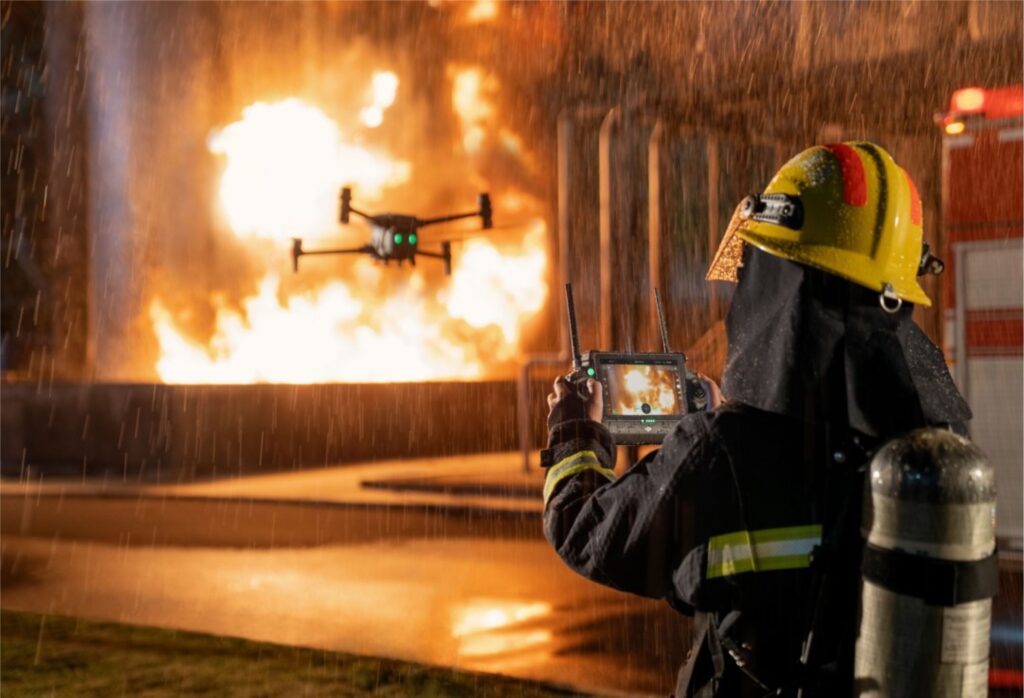
Examples:
- Hurricane Harvey (2017): Drones were deployed to assess flooding in Texas, enabling officials to identify high-risk areas and prioritize rescue operations.
- California Wildfires (2020): Drones were used for real-time surveillance, helping firefighters to monitor the spread of the fire and assess the safety of evacuation routes.
These examples illustrate how drones can significantly reduce response times and improve the effectiveness of disaster management efforts.
3. Accurate Damage Assessmenthttps://www.undp.org/vietnam/blog/drones-assessment-disaster-damage-and-impact-revolutionizing-disaster-response
How Drones Assist:
Equipped with advanced technologies such as thermal imaging, LiDAR, and high-resolution cameras, drones can conduct comprehensive damage assessments in a fraction of the time it would take ground teams. They can capture detailed aerial imagery that reveals the extent of destruction and areas needing urgent attention.
Case Studies:
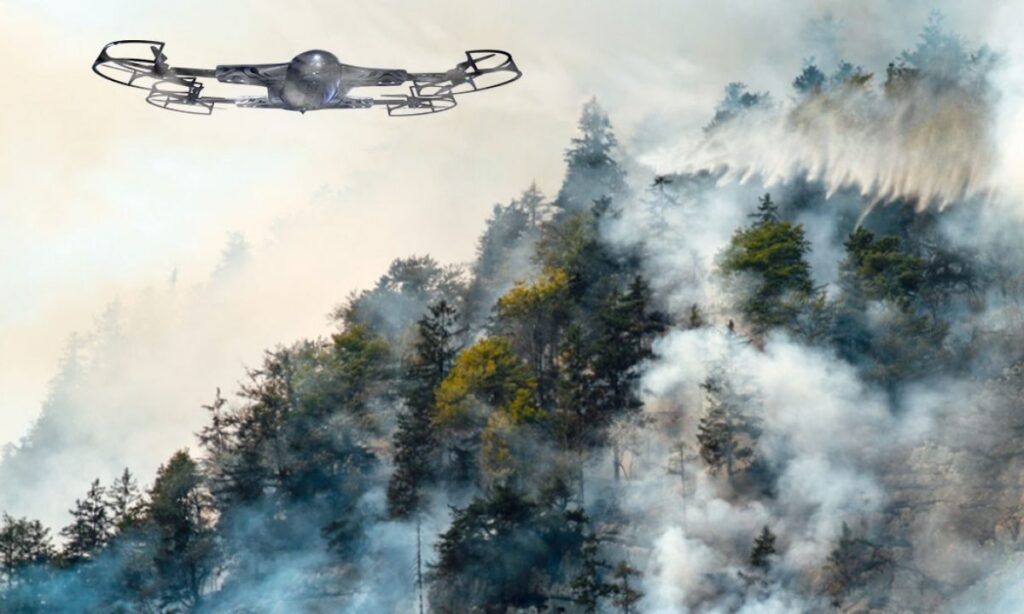
- Post-Earthquake in Nepal (2015): Drones helped map the damaged areas, providing crucial data that facilitated effective resource allocation for humanitarian aid. Assessments showed that drone surveys reduced the time needed for damage assessment from weeks to just days.
- Tornado Damage in Joplin, Missouri (2011): Aerial surveys with drones provided real-time data to emergency responders, allowing for more targeted recovery efforts and enabling them to identify where assistance was most urgently needed.
Statistics from these incidents indicate that drone assessments can enhance accuracy by up to 30%, leading to more effective disaster response strategies.
4. Enhancing Rescue Effortshttps://www.flytbase.com/blog/drones-for-search-rescue#:~:text=Drones%20can%20provide%20real%2Dtime,locate%20and%20rescue%20an%20individual.&text=Detection%20and%20Identification%3A%20Drones%20can,in%20search%20and%20rescue%20missions.
Real-time Data Sharing:
Drones equipped with communication technologies can relay real-time information to emergency response teams, allowing for quick decision-making. This is especially critical in dynamic situations where conditions can change rapidly.
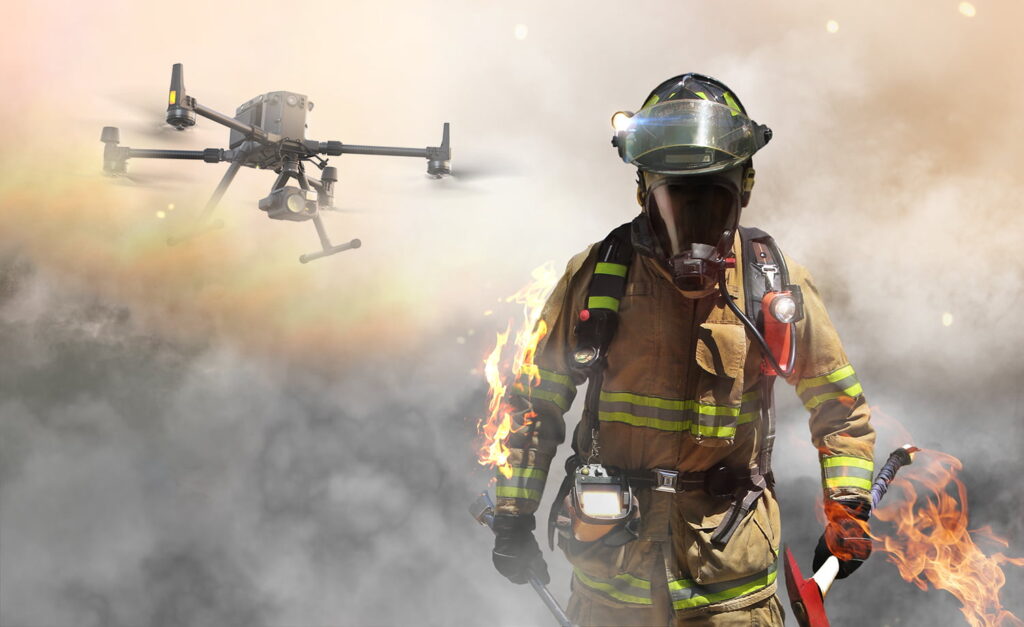
Coordination with Ground Teams:
Drones can provide aerial views that help ground teams navigate disaster zones safely. By identifying hazards such as downed power lines or unstable structures, drones help ensure the safety of first responders while facilitating efficient rescue operations.
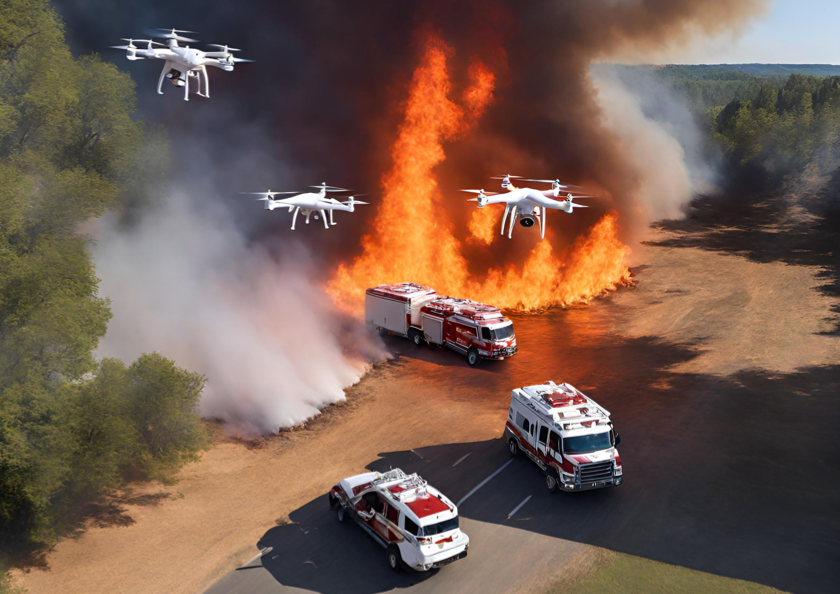
5. Challenges and Considerations
While the benefits of using drones in disaster management are significant, there are challenges that need to be addressed:
Regulatory Issues:
Drone operations are subject to regulations that can vary by region. Understanding and navigating these regulations is essential for effective deployment in emergency situations.
Technical Limitations:
Drones face limitations such as battery life, which can restrict their operational time, especially in large disaster areas. Additionally, adverse weather conditions can hinder drone functionality, necessitating alternative plans for data collection.
6. Future of Drones in Disaster Managementhttps://afconesinfra.in/our-sectors/
Emerging Technologies:
Advancements in drone technology are paving the way for even more effective disaster management. Innovations such as AI-driven analytics and improved battery systems are enhancing the capabilities of drones.
Potential Trends:
- Integration with IoT Devices: Future drones may work in conjunction with IoT sensors to provide even more comprehensive data during disasters.
- Enhanced Autonomy: As drones become more autonomous, they could perform complex missions with minimal human intervention, further improving response times and efficiency.
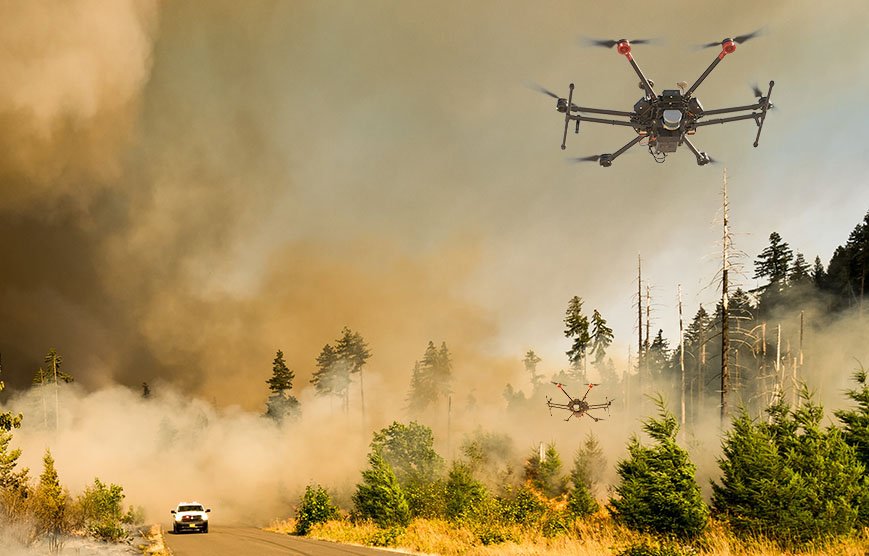
7. Conclusion
Drones are revolutionizing disaster management by providing rapid response capabilities and accurate damage assessments. Their ability to deliver real-time data enhances the effectiveness of emergency response teams, ultimately saving lives and resources. As the technology continues to evolve, it is crucial for emergency services to integrate drones into their strategies, ensuring they are prepared to meet the challenges of modern disasters.https://afconesinfra.in/contact/
